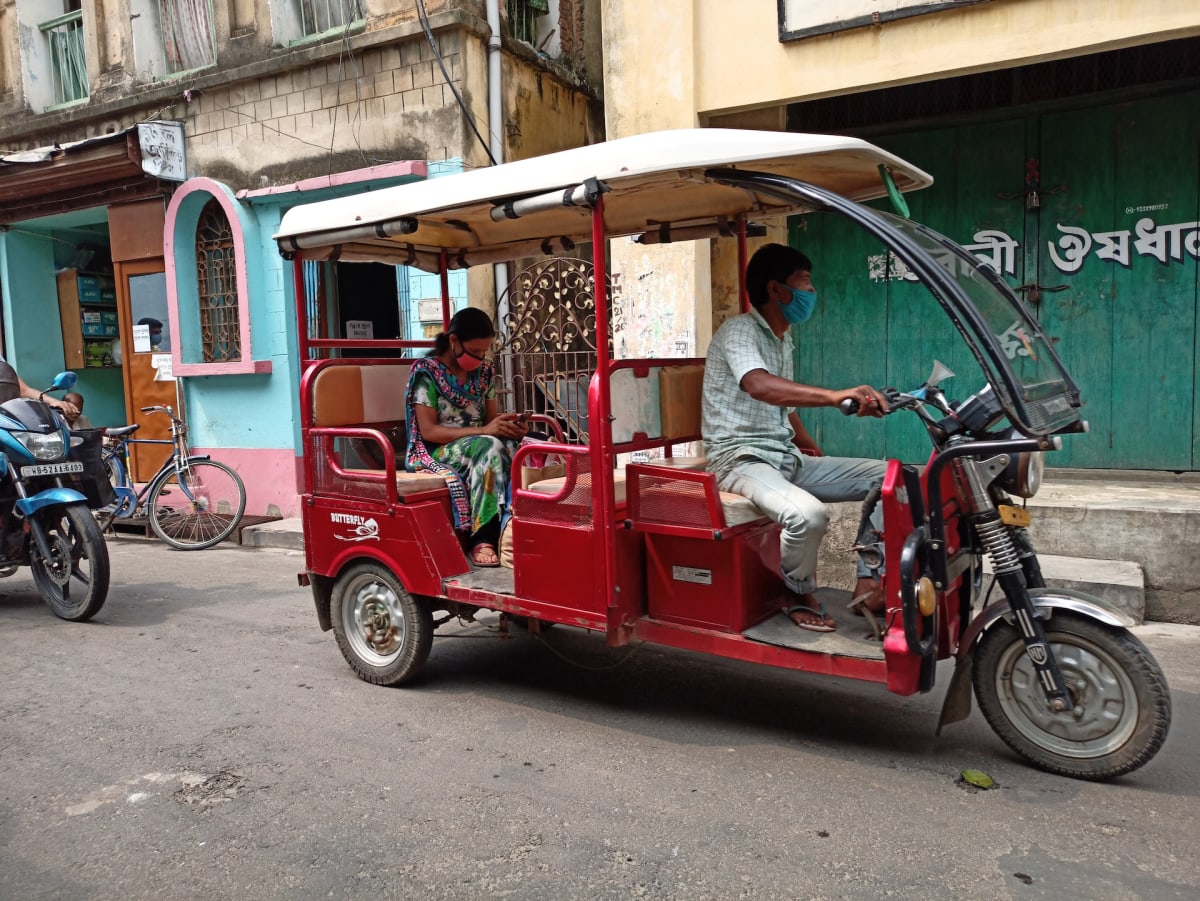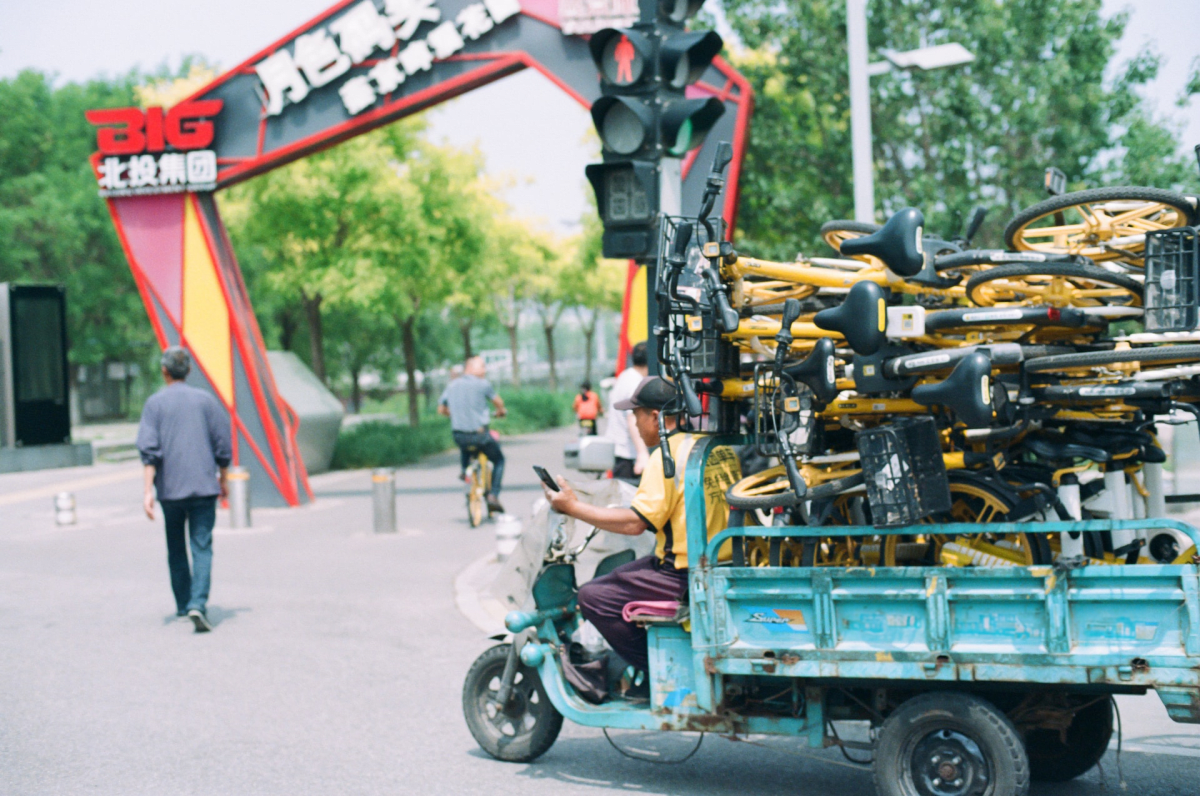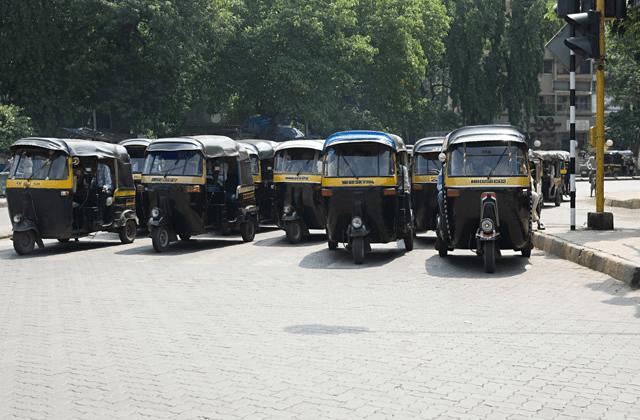
Nighttime Safety for Electric Tricycle Riders: Tips and Considerations
September 22, 2023
How to Extend the Lifespan of Your Electric Tricycle: Maintenance and Usage Tips
September 27, 2023Contents
Why Electric Bicycle Motors Overheat – Three Main Reasons:
Electric bicycle motors can overheat, especially during long rides at high speeds, due to the discharge of high currents. However, if the temperature exceeds 60-70 degrees Celsius, it’s considered abnormal and can cause damage to the motor. Excessive heat can lead to problems such as insulation breakdown of the motor’s winding wires, resulting in short circuits, and demagnetization of the motor’s magnets, potentially rendering the motor unusable. If your motor frequently overheats, even during short rides, and exceeds the normal temperature range, it’s time for maintenance. Motor overheating can generally be attributed to three main categories: internal motor issues, controller problems, and brake system faults.
1. Internal Motor Issues
Overheating in the electric motor can be caused by various internal factors:
- Bearing Problems: Bearings are responsible for supporting the rotating speed of the motor. When the gap between the steel balls increases due to bearing wear, it can lead to internal friction within the motor, making it labor-intensive and causing heat buildup.
Solution: Replace the bearings with high-quality ones.
- Stator Deformation: Some manufacturers may use low-quality stator cores that are susceptible to deformation. This deformation can lead to an uneven distribution of forces within the motor, causing increased temperatures.
Solution: Replace the stator core with a more rigid one.
- Coil Issues: The type of wire used in the motor winding can affect its power efficiency and heat generation. Motors wound with pure copper wire are more energy-efficient and generate less heat. Motors with aluminum or aluminum-coated copper wire may generate more heat.
Solution: Consider replacing the motor with one featuring pure copper windings.
- Magnet Quality: The quality of the magnets in the motor can affect its efficiency and heat generation. Low-quality magnets may demagnetize quickly, especially at high temperatures, resulting in reduced power output and weaker performance.
Solution: Replace the motor’s magnets with high-quality ones or consider replacing the motor.
- Internal Moisture: Even if a motor is not completely sealed, water ingress can affect its efficiency and cooling. While the motor may still function, water can impede its full potential, leading to reduced power and increased heat.
Solution: Ensure that any internal moisture is cleared, and improve sealing to prevent further water ingress.
2. Brake System Issues
Problems with the electric bicycle’s brake system can generate friction and heat within the motor:
- Brake Cable Binding: If brake cables become rusted or damaged due to water ingress or abrasion over time, it can lead to brakes not releasing properly, resulting in increased friction and motor heat.
- Worn Brake Pads: Worn-out brake pads can cause inconsistent braking, resulting in increased friction between the brake pads and motor.
- Broken Brake Springs: Damaged or broken brake springs may prevent the brake pads from fully retracting, causing constant friction and resistance, which can lead to motor overheating.
3. Controller Issues
The controller plays a crucial role in regulating the motor’s speed and power. Controller-related problems can also lead to motor overheating:
- Overloading: Controllers control the amount of current supplied to the motor. Overloading, whether due to heavy cargo or steep hills, can result in the controller sending excessive current to the motor, leading to increased heat generation.
- Mismatched Controller: Using a controller that is too large or too small for the motor can result in either inadequate power output or excessive current flow, leading to overheating issues.
Solution: Match the controller size appropriately to the motor’s specifications for optimal performance.
In conclusion, while some level of heat generation is normal in electric bicycle motors, excessive heat, above 60-70 degrees Celsius, can be detrimental. Motor overheating can result from internal motor issues, brake system faults, or controller problems. Regular maintenance, quality components, and proper matching of components are essential to ensure the motor operates efficiently and within a safe temperature range.


